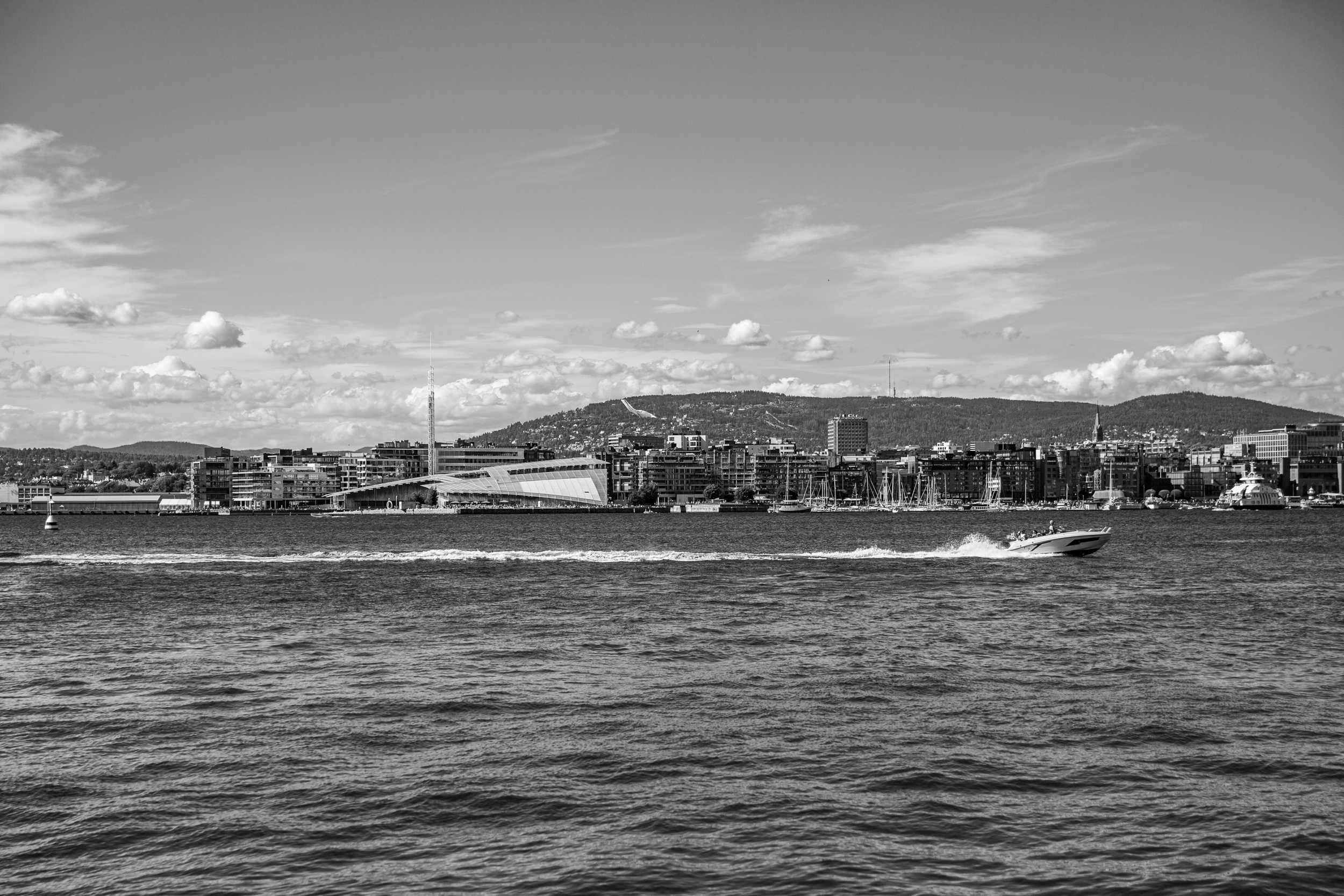
Oslo Revisited
Last week I travelled to Oslo for an extended break, and similarly to the previous visit in 2018, I was blessed with some sunny weather (but not too hot!). During this trip, I managed to squeeze in two guided tours, a trip outside Oslo to the Kistefos Museum, a visit to a couple of galleries/museums in Oslo, along with visiting new areas of Oslo itself. At this point, I would not say that I have “completed” Oslo, but I think I’d visit Bergen & Trondheim in the future if I wanted a city break in Norway. One thing I definitely noticed during the trip - I’m not sure whether its a result of post-academic fatigue or something else - but I found it far more of a struggle to get my photographer’s eye into gear, so the photos may be of a lower quality than I’ve come to expect of myself. Despite that, I have uploaded a handful to the Oslo photography page that I feel are good enough for highlighting.